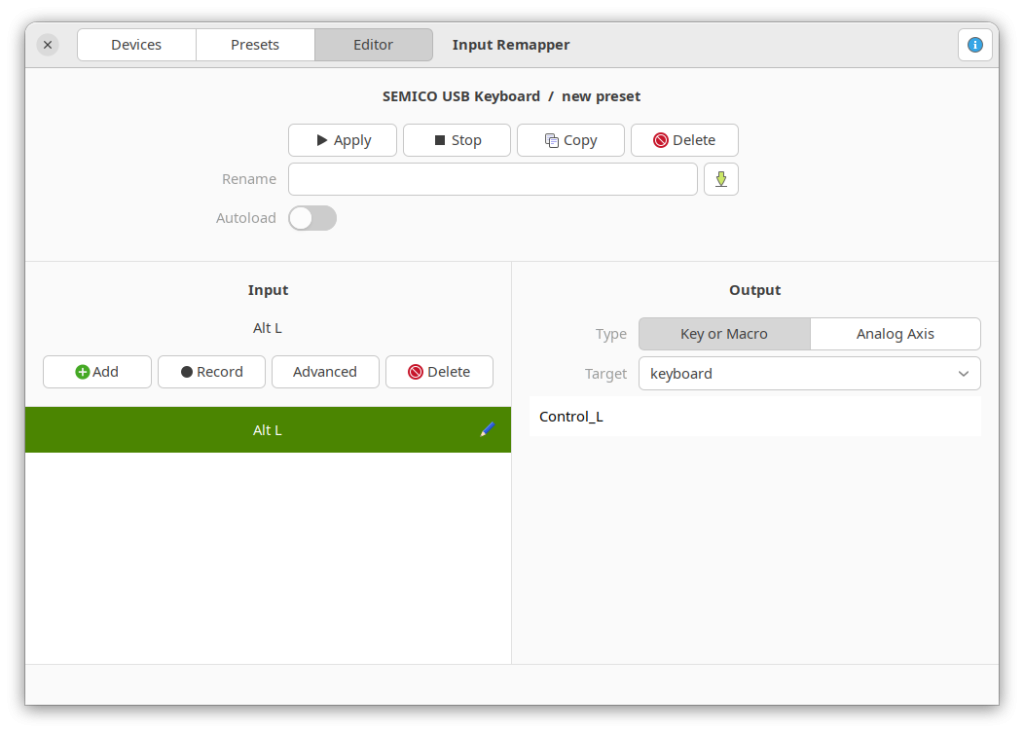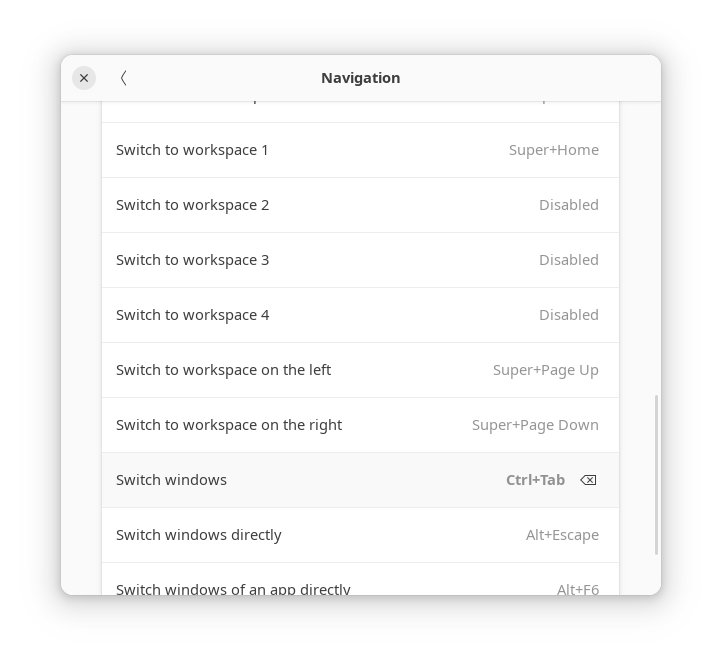Making Linux Keyboard Similar to macOS Keyboard
Posted on In TutorialAs a daily macOS user, you might find it convenient to make your Linux PC keyboard function similarly to a macOS keyboard. By adapting your Linux keyboard to mimic macOS behavior, you can streamline your workflow and reduce the friction that comes with switching between different operating systems. The key change involves making the Alt key function similarly to the Ctrl key, mimicking the Command key on macOS. This blog post will guide you through the necessary steps to achieve this.
Table of Contents
Why Remap Your Keyboard?
Before diving into the technical details, it’s worth understanding why you might want to remap your keyboard:
- Consistency: If you use both macOS and Linux regularly, having a consistent keyboard layout can save you from confusion and errors.
- Efficiency: Familiar keybindings can make you more efficient, as you won’t need to re-learn shortcuts for each platform.
- Comfort: Muscle memory plays a significant role in productivity. Keeping similar keybindings ensures that your fingers naturally find the right keys without conscious effort.
Installing Input Remapper
To customize your keyboard in Linux, you need a tool called input-remapper. This powerful utility allows you to remap keys and adjust keybindings effortlessly. Follow these steps to install it:
Open your terminal: You can do this by pressing Ctrl + Alt + T or searching for “Terminal” in your applications menu.
Run the installation command: Execute the following command to install input-remapper and its graphical interface:
sudo apt install input-remapper-daemon input-remapper-gtkThis command installs both the daemon and the graphical interface, making it easier to configure your key mappings.
Mapping the Left Alt Key to Ctrl
Once you have input-remapper installed, you can proceed to map the left Alt key to function as the Ctrl key. This change will make the left Alt key act like the Command key on macOS.

Here’s a step-by-step guide:
- Launch input-remapper-gtk: Open the application from your applications menu. You might find it listed as “Input Remapper” or “input-remapper-gtk.”
- Select your keyboard: In the input-remapper interface, you’ll see a list of devices. Select your keyboard from this list.
- Create a new mapping: Click on the “Add” button to create a new key mapping.
- Specify the key to be remapped: In the “Key” field, press the left Alt key. The application should recognize it and display it in the field.
- Map to Ctrl: In the “Map to” field, select the Ctrl key from the dropdown menu.
- Save your changes: Click on the “Save” or “Apply” button to save your new key mapping.
Now, your left Alt key will function as the Ctrl key, similar to how the Command key operates on macOS.
Setting the Window Switch Shortcut
Another useful adjustment is changing the window switch shortcut from Alt + Tab to Ctrl + Tab, after the remapping of Left Alt to Ctrl. This matches the behavior on macOS where the Command key is used for window switching.

Here’s how you can set this up:
- Open System Settings: Navigate to your system settings. This can usually be found in your applications menu or by clicking on the system tray icon and selecting “Settings.”
- Navigate to Keyboard Shortcuts: Look for the section labeled Keyboard or Keyboard Shortcuts.
- Find the window switch shortcut: Locate the shortcut for “Switch applications” or “Cycle through windows.” This is typically set to Alt + Tab by default.
- Change the shortcut: Click on the existing shortcut and press Ctrl + Tab to set it as the new shortcut.
- Save your changes: Ensure that your new shortcut is saved and takes effect.
By making these changes, you’ll have a more macOS-like experience on your Linux machine.
Additional Tips
Here are a few more tips to further enhance your Linux-to-macOS transition:
- Install a macOS-like theme: There are several GTK themes available that can make your Linux desktop look like macOS. Popular options include Mojave-CT and WhiteSur.
- Use a macOS-like dock: Install Plank or Dash to Dock to get a dock similar to the macOS Dock. You can customize it to include your favorite applications and adjust its appearance.
- Enable natural scrolling: If you’re used to the natural scrolling direction on macOS, you can enable it in Linux. Go to your Mouse & Touchpad settings and toggle the Natural Scrolling option.
Conclusion
By making these changes, you’ll streamline your workflow and make your Linux environment feel more familiar if you’re accustomed to macOS. These simple adjustments can go a long way towards creating a seamless and efficient cross-platform experience.